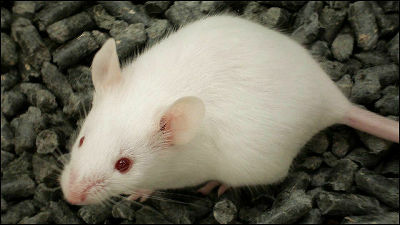Finally, a ``new type of bacterium'' that is the culprit of rheumatoid arthritis is found

Rheumatoid arthritis is an inflammatory autoimmune disease that is believed to afflict millions of people worldwide. The ultimate cause of this disease, in which the immune system, which is supposed to protect the body, attacks the joint tissue as a foreign substance, is unknown, but the onset and progression of the disease are related to bacteria living in the human intestine. It has been determined that there is a possibility that
Clonal IgA and IgG autoantibodies from individuals at risk for rheumatoid arthritis identify an arthritogenic strain of Subdoligranulum - PubMed
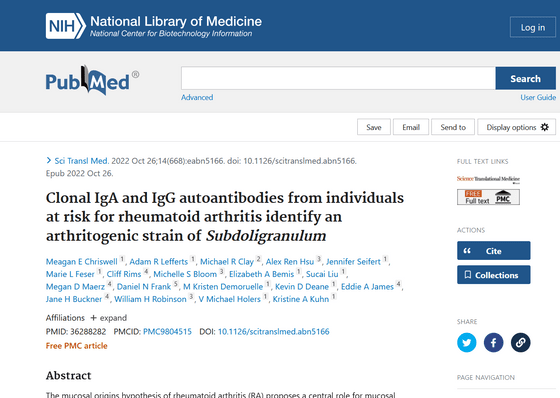
Newly Discovered Species of Gut Bacteria May Cause Some Cases of Rheumatoid Arthritis | NIH: National Institute of Allergy and Infectious Diseases
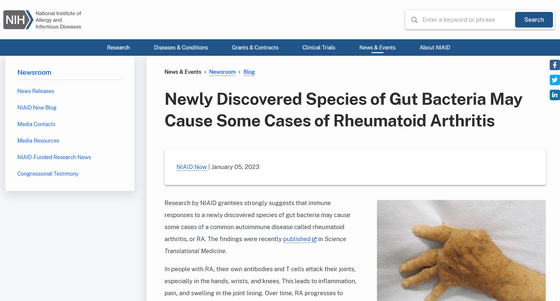
A Bacterial Culprit for Rheumatoid Arthritis | The Scientist Magazine®
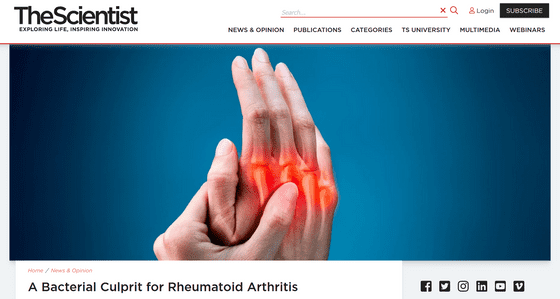
Some researchers of rheumatoid arthritis thought that 'intestinal bacteria may affect the onset,' but so far they have not been able to identify the bacteria. This time, in a paper published in the scientific journal Science Translational Medicine in October 2022, the research team said that they had succeeded in identifying a type of bacterium 'Subdoligranulum' that could promote the onset of rheumatoid arthritis. Announced.
A joint research team from the University of Colorado, Stanford University, and the Benaroya Institute in the United States, which initiated this study, first analyzed blood provided by people at risk for rheumatoid arthritis and early rheumatoid arthritis patients, Antibodies were washed out.
We then examined whether any of these autoantibodies target human gut bacteria. For the investigation, an experiment was used in which antibodies were added to bacteria collected from the stool of rheumatoid arthritis patients and healthy people, and the reaction was compared. As a result, many bacteria reacted with antibodies associated with rheumatoid arthritis, many of which belonged to the closely related family
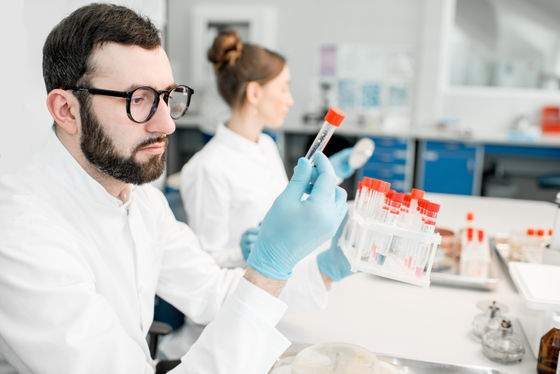
To examine the bacteria found in this way in more detail, the research team cultured bacteria from samples of people who had many bacteria of the two families. As a result, two subdoligranulum species were narrowed down as bacteria that may be involved in the progression of rheumatoid arthritis. Of these two, the one called 'Isolate 7' was more potent in activating T cells, immune cells in the blood of rheumatoid arthritis patients, than the other, 'Isolate 1'. matter.
Therefore, in order to confirm whether this 'isolated strain 7' was really the culprit of rheumatoid arthritis, the research team fed mice with this fungus, and it was said that the mouse suffered from rheumatoid arthritis.
The results were unexpected for the research team, and co-author of the paper, Christine Kuhn, a rheumatologist at the University of Colorado, said, 'We initially had to activate the immune system with an adjuvant or something. But while I was away, Megan Criswell of the research team who was managing the mice called me out of the blue and said, 'Kristin, you won't believe it, the mouse has a front leg. I was swollen,'' he said.
The mouse swelling was more similar to human rheumatoid arthritis than it looked. As with rheumatoid arthritis, Kuhn et al., who confirmed that antibodies had entered the tissues of the joints, profiled the antibodies in the serum of the mice, and found that many of the antibodies were targeted in rheumatoid arthritis. They were targeting the same protein. From this, the research team identified a bacterium involved in the onset and progression of rheumatoid arthritis and named it 'Subdoligranulum didolesgii'.
'Didolesgii' is a term spoken by the Native American Cherokee people for arthritis and rheumatoid arthritis.

Although not directly involved in the research, Rabi Upadhyay of New York University's Grossmann School of Medicine, who is famous for his research on intestinal bacteria and autoimmune diseases, said that the results of this study suggest that only ``Subdoligranulum didolesgii'' is the culprit of rheumatoid arthritis. I point out that it does not prove that
Upadhyay told the scientific journal The Scientist, ``Since this study does not exclude the involvement of other species, it is not yet known what role the new species found this time will play. It certainly could be the main culprit, so I think that's why it was discovered in the first place, but if you take a step back and look, there's a possibility that you'll find more.'
In fact, the research team found 'Subdoligranulum didolesgii' in only 16.7% of high-risk and early-stage rheumatoid arthritis patients, suggesting that there are other factors involved in rheumatoid arthritis. suggesting.
Still, Upadhyay has high hopes for the study. “What I think is particularly exciting about this research is that it will likely lead us to the true cause of rheumatoid arthritis, which will allow us to design therapeutics that prevent colonization by the gut bacteria that cause it. That would change the treatment available to rheumatologists,' he said.
Related Posts:
in Science, Posted by log1l_ks



